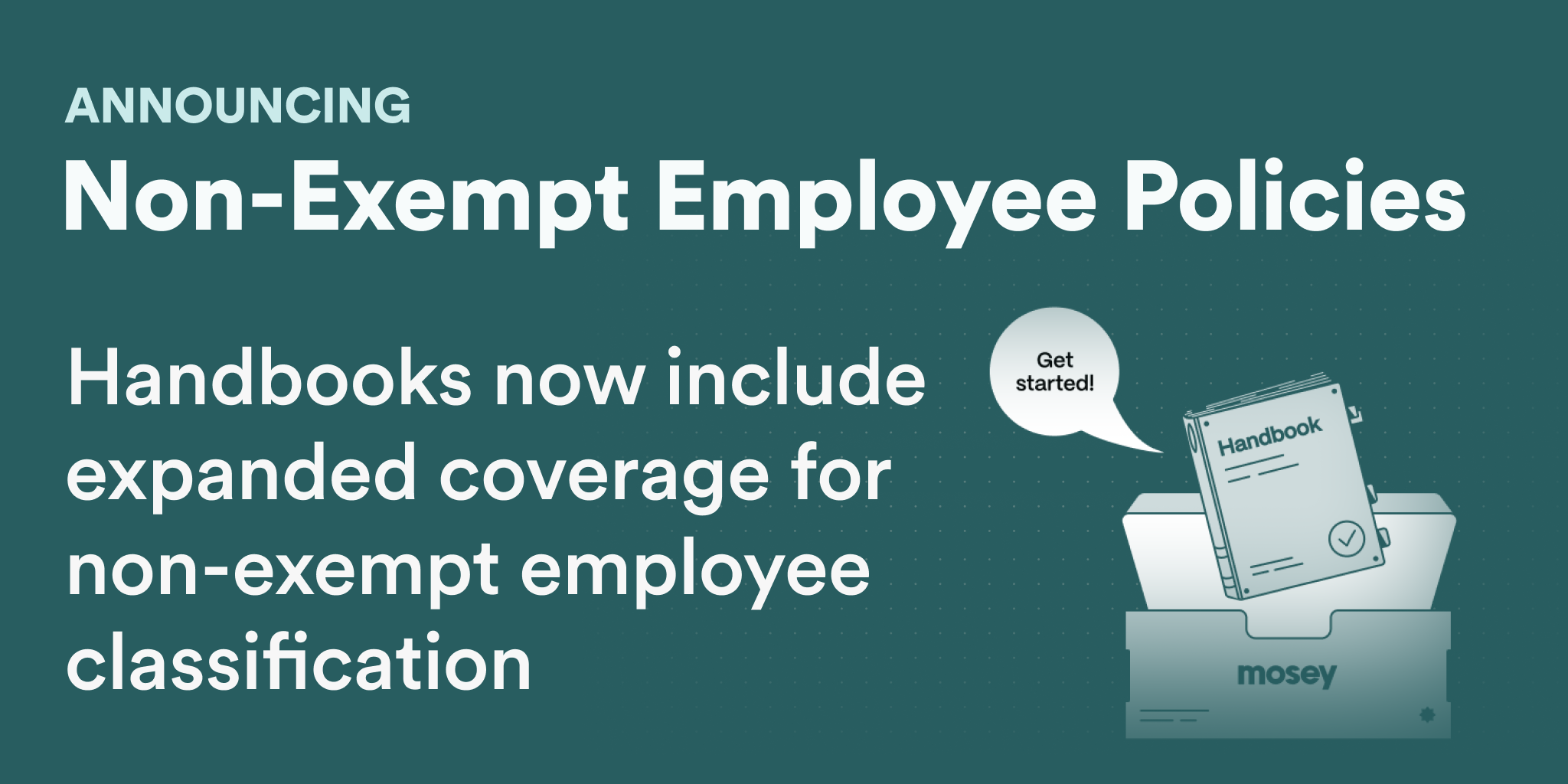If you are an employer in North Dakota who has recently hired an employee, you will need to register for payroll taxes with the North Dakota Office of State Tax Commissioner. This registration process ensures that you are compliant with state tax laws and able to properly withhold and remit payroll taxes for your employees.
How North Dakota Payroll Registration Works
There are 3 payroll tax setup tasks you may need to complete in North Dakota to get your new hire on payroll for the first time. You can follow the guide below to help you get registered directly with the North Dakota agencies or use Mosey to do it.
North Dakota Unemployment Insurance Setup for Corporation, LLC, LLP
If you have at least one employee during 20 different weeks in a calendar year, have paid $1,500 or more in wages in a calendar quarter, or are liable under the Federal Unemployment Tax Act you must register for an Unemployment Insurance tax account online. New employers are assigned a “new employers” rate and will have their tax rates redetermined thereafter for each calendar year based on their history as of the preceding October. Note: 501(c)(3) nonprofits are liable if they employ four or more workers during 20 different weeks in a calendar year. During the registration process, 501(c)(3) organizations will have the choice to either pay unemployment contributions on taxable wages each quarter or elect to reimburse the North Dakota unemployment fund for benefits paid to current or former employees.
- Create a North Dakota Login Account
If you have not done so already, create a ND Online login.
- Register for an Unemployment Tax Account
Log in to UI Easy with your North Dakota Login account to register for an Unemployment Insurance tax account.
- Add Unemployment Tax to Your Payroll Provider
Once you have your Employer Account Number and Unemployment Insurance tax rate (or reimbursable status), add them to your payroll provider.
North Dakota Withholding Tax Setup for Corporation, LLP, LLC
If you have employees in North Dakota, you must register for a withholding tax account with North Dakota Office of the State Tax Commissioner.
- Apply for a Withholding Tax Account
Visit ND TAP and select “Apply for a Sales & Use or Withholding Account,” and on the next screen, select “Electronic Application” to set up a withholding tax account.
- Register for ND TAP Access
Visit ND TAP and select “Sign Up For Access.” On the next screen, select “Continue to Sign Up For Access” to file taxes and make payments online.
- Add Withholding Information to Your Payroll Provider
After receiving your account number and withholding schedule, add them to your payroll provider.
North Dakota Workers’ Compensation Setup for Corporation, LLP, LLC
If you have employees in North Dakota, you are required to purchase workers’ compensation insurance from North Dakota Workforce Safety and Insurance (WSI). Private workers’ compensation insurance is not allowed in North Dakota. Workers’ compensation coverage begins when WSI receives a completed application and Policyholder Services’ approval.
- Create a North Dakota Login Account
If you have not done so already, create a ND Online login.
- Obtain and Maintain Workers’ Compensation Insurance Policy
Visit the WSI Application website to complete the initial questionnaire and log in to your ND Online account to complete the Workers’ Compensation application.




